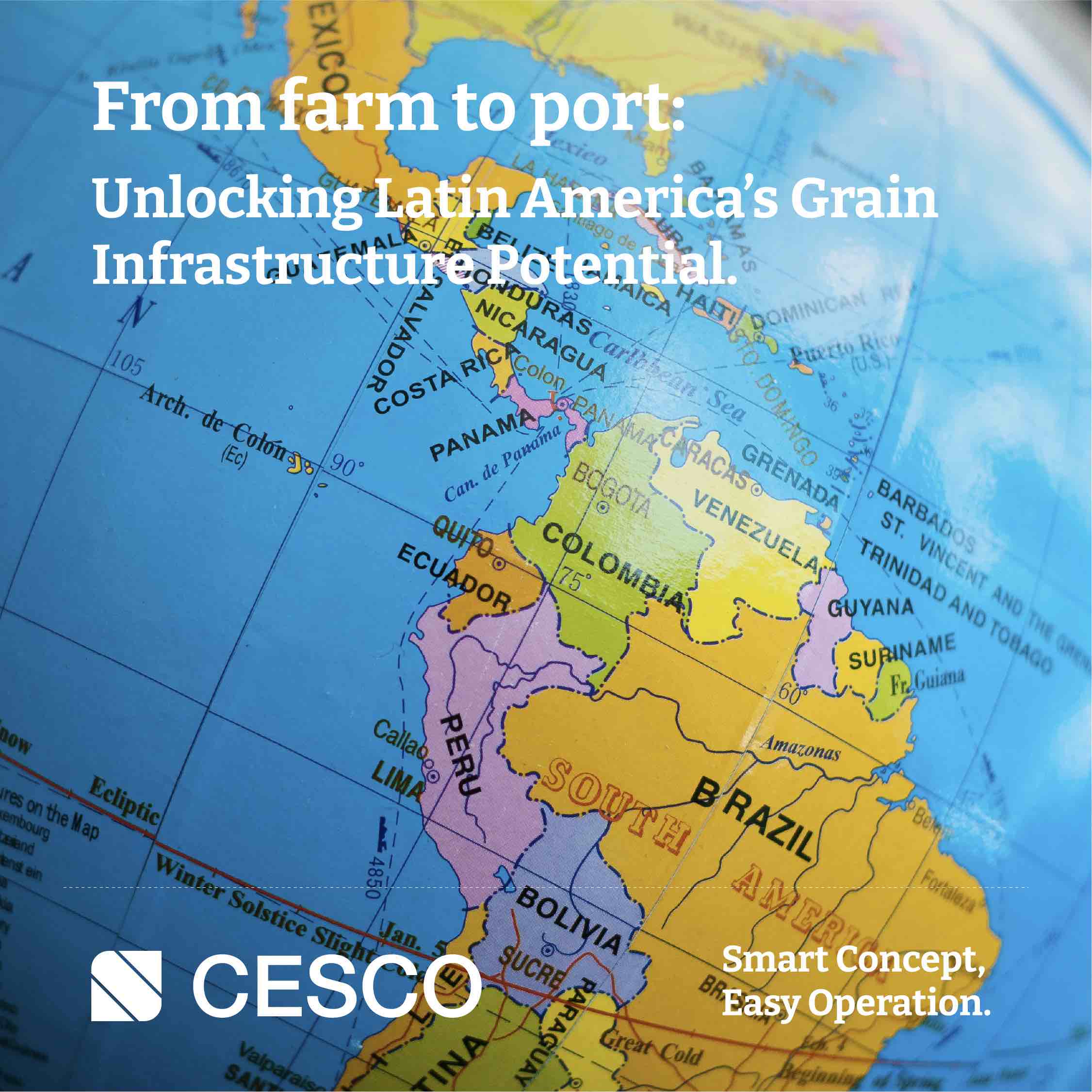From Farm to Port: Unlocking Latin America’s Grain Infrastructure Potential

Latin America produces a huge amount of grain. But getting it from the farm gate to international markets? That’s where things get tricky.
High transportation costs have long hindered agricultural expansion in Brazil’s interior, and Brazil isn’t alone. Across the region, farmers face the same logistical roadblocks.
But it’s not just about roads and railways. Storage capacity plays a critical role.
If grain can’t be stored properly, it’s lost.
If it can’t be moved efficiently, costs rise.
Both hit farmers and food security hard.
Here’s where the pressure points are:
✔️ Insufficient storage facilities near key production zones
✔️ Limited rail connections from interior regions to ports
✔️ Poor road conditions that slow down transport and drive up costs
✔️ Outdated grain handling equipment at major logistics hubs
These aren’t just farming issues. They ripple through entire supply chains and impact food prices for millions.
But there’s a major opportunity here.
Brazil’s National Logistics Plan aims to expand its rail network by up to 91% by 2035. Other countries are beginning to follow with their own infrastructure initiatives. CESCO EPC has the solution and the expertise for this new challenge.
The impact of smart investment could be transformative:
1️⃣ Better storage = less waste
2️⃣ Better transport = lower costs
3️⃣ Modern handling systems = faster, more reliable operations
The question isn’t if Latin America needs better grain infrastructure.
It’s how fast we can build it.
If you need help, contact us here.






